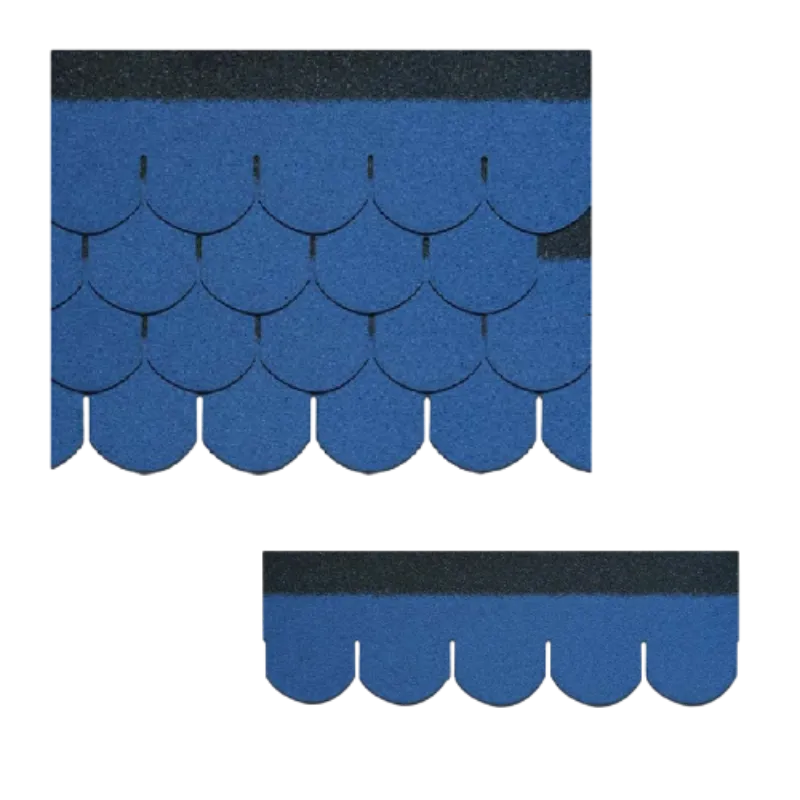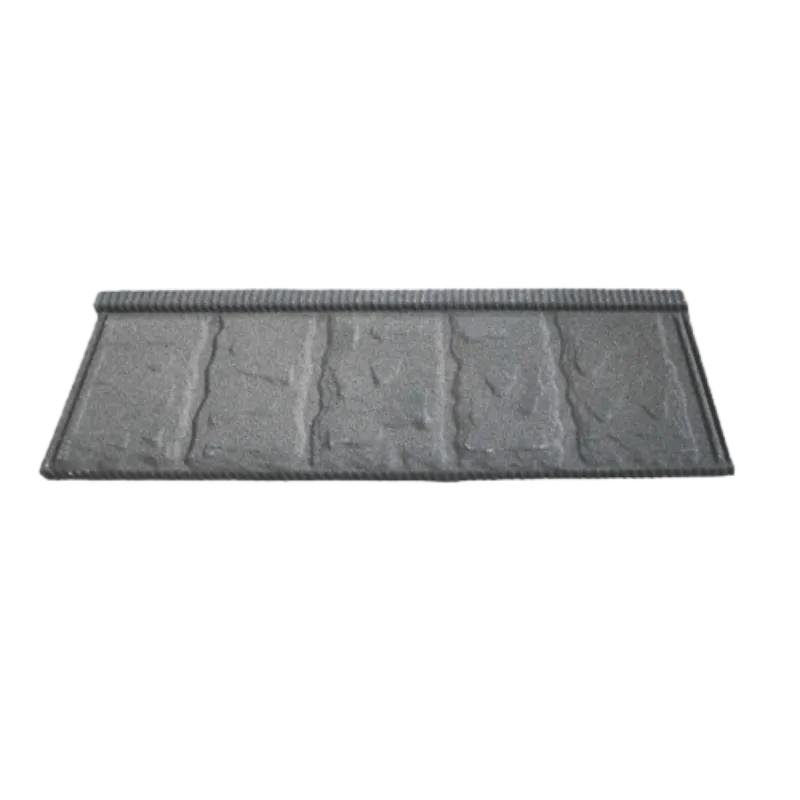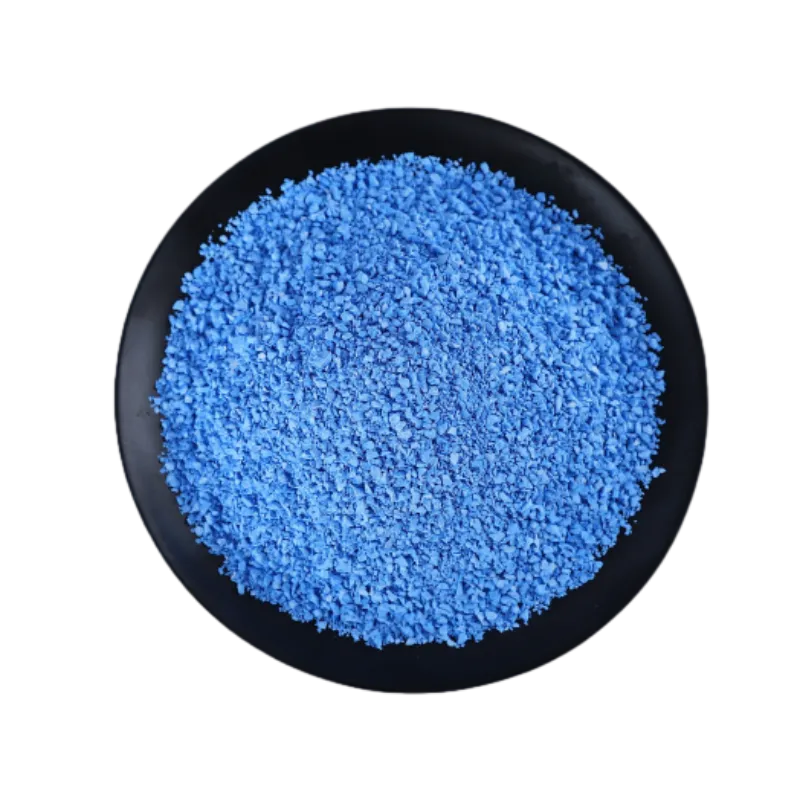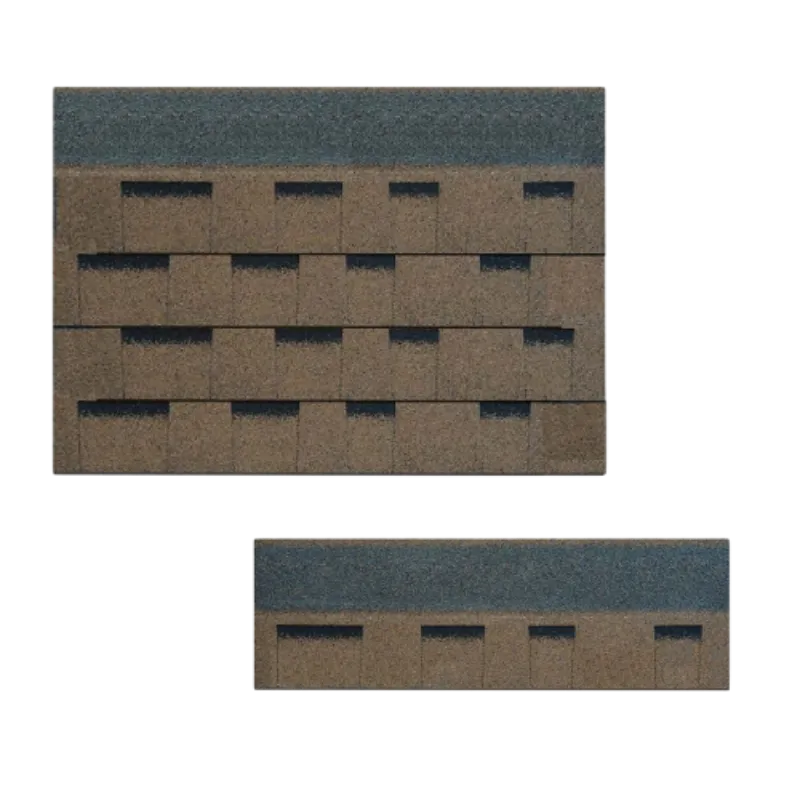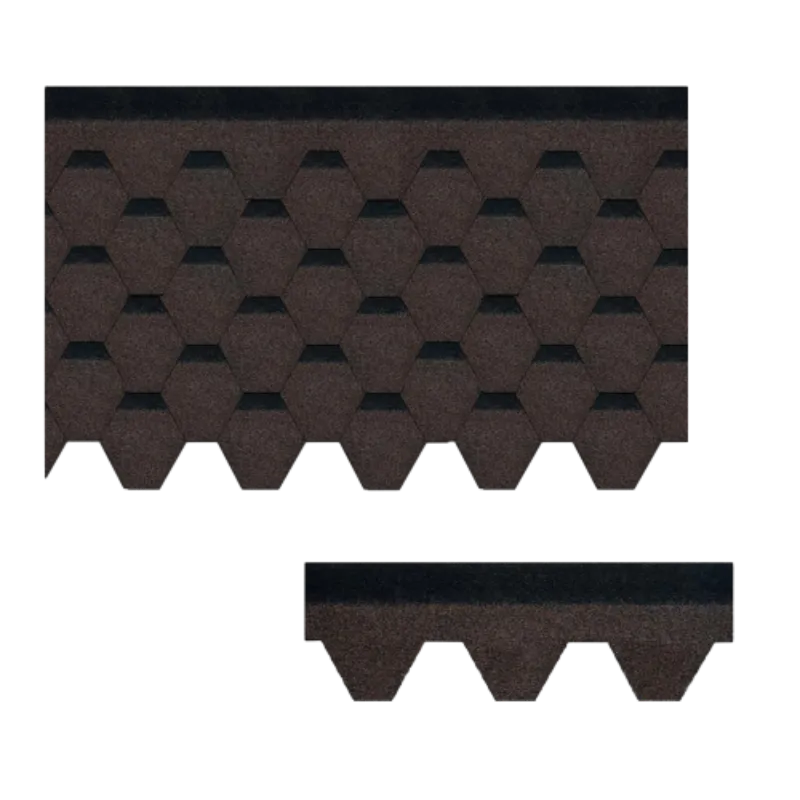
Nov . 23, 2025 11:30 Back to list
Durable and Sustainable Ceramic Roofs: A Global Perspective on Design & Innovation
Why Understanding the Ceramic Roof Trend Matters Globally
If you’ve ever paused to appreciate a charming old Mediterranean house or marveled at sleek, modern eco-buildings, chances are you’ve noticed the charm of a ceramic roof. But beyond aesthetics, ceramic roofing holds real global importance. As urban areas expand and climate change intensifies, durable and sustainable roofing solutions are more than architectural niceties — they’re a necessity. A good ceramic roof offers longevity, energy efficiency, and resistance to harsh weather, aligning closely with pressing humanitarian and industrial needs worldwide.
Understanding ceramic roofing isn't just about knowing a building material—it's about grasping how we can build systems that protect environments and communities for decades. From flood-prone regions to scorching urban centers, the ceramic roof stands out as a quiet hero in sustainable construction.
Mini takeaway: Ceramic roofing combines tradition with tech to meet 21st-century challenges like climate resilience and sustainable urbanization.
The Global Context: Ceramic Roofs and Their Rising Relevance
On a global scale, roofing materials matter more than you might think. According to the UN, over 50% of the world’s population lives in urban areas, and the demand for resilient, eco-friendly building materials is surging—especially in Asia and Africa where rapid development meets vulnerable climatic conditions.
Consider that roofing accounts for up to 30% of a building's energy loss or gain. The choice of roof, therefore, significantly affects energy consumption and emissions. Ceramic roofs, with their excellent thermal properties, help regulate indoor temperatures naturally, reducing reliance on air conditioning and, consequently, carbon footprints. This isn’t small potatoes—the World Bank highlights sustainable construction as a key factor in reducing urban pollution and enhancing quality of life.
Yet the challenge remains: How can we supply affordable, tough roofing that works across diverse climates and budgets? Ceramics answer this by offering a mix of durability, versatility, and cost-effectiveness in places where metal roofs might rust or traditional thatch fails.
Mini takeaway: As cities grow and climates shift, ceramic roofs stand out as an eco-smart, practical answer to both humanity's shelter needs and environmental goals.
What Exactly Is a Ceramic Roof?
At its core, a ceramic roof consists of roofing tiles made from fired clay or similar materials. These tiles are shaped, glazed or left natural, and then kiln-fired to create hard, weather-resistant surfaces. Unlike asphalt shingles, ceramic tiles boast a natural origin and better longevity.
Modern ceramic roofs blend traditional techniques with advanced manufacturing. Today, many such roofs include specially designed ceramic tiles with reflective glazes that enhance solar reflectivity — meaning they bounce back heat rather than absorb it, which is a huge plus in warm climates.
From an industrial perspective, ceramic roofs offer a reliable, standardized product that supports modular housing, industrial sheds, and even luxury architecture. Humanitarian agencies, meanwhile, often turn to ceramic roofing in long-term disaster recovery efforts because these materials resist mold, pests, and fire—conditions that can otherwise devastate fragile communities.
Mini takeaway: Simply put, ceramic roofs are durable, natural, and versatile coverings that bring together age-old wisdom and modern innovation.
Core Components That Make Ceramic Roofs Stand Out
Durability
Ceramic tiles typically last 50-100 years — far longer than asphalt shingles or many metal alternatives. They resist UV radiation, thermal shock, and weathering, making them a robust choice for coastal, urban, and desert environments alike.
Thermal Performance
The structure and glazing of ceramic tiles provide natural insulation. This means roofs stay cooler in summer and retain warmth in winter, significantly cutting down energy use for heating and cooling.
Water Resistance and Fire Safety
When properly installed, ceramic roofs prevent water infiltration and resist fire damage due to the inherent non-combustible nature of clay materials.
Aesthetic Versatility
Ceramic roofs come in a variety of colors, shapes, and finishes, allowing architects and homeowners a huge palette to play with—whether you want rustic charm or clean minimalist lines.
Environmental Friendliness
Made from abundant natural clay and often recyclable, ceramic roofs have a lower environmental impact compared to synthetic alternatives. Their longevity also reduces waste over time.
Mini takeaway: Combining longevity, safety, energy savings, and beauty, ceramic roofs hit much of the checklist for today’s sustainable construction priorities.
How Ceramic Roofs Are Changing Real-World Construction
Worldwide, ceramic roofing finds its niche in varied settings:
- Southern Europe and Mediterranean countries: The traditional heartland of ceramic tiles, where climate and culture favor their use on every home and public building.
- Asia-Pacific: Rapid urban growth here demands roofs with longevity and thermal efficiency. Countries like China and Japan combine traditional clay tile manufacture with modern tech to meet soaring demand.
- Post-disaster housing: NGOs and relief agencies widely adopt ceramic roofs in rebuilding due to their durability and low maintenance. In places like Indonesia and the Philippines, these roofs have proven far more resilient to typhoons than alternatives.
- Industrial and commercial zones: Factory buildings benefit from ceramic roofs' fire resistance and easy maintenance while keeping industrial cooling costs manageable.
In fact, some architects are now even incorporating ceramic roofing into solar-ready designs, where the tiles function alongside photovoltaic cells — an emerging green innovation that's gaining traction.
Mini takeaway: Whether historic towns or cutting-edge industrial parks, ceramic roofing adapts to diverse climates and use cases with impressive resilience.
Advantages and the Long-Term Value of Ceramic Roofing
The pros of ceramic roofing go beyond just “good looks.” Here’s what matters when you consider the investment over decades:
- Cost efficiency: Though installation can be pricier, ceramic roofs’ longevity means you rarely replace or repair them, offsetting upfront expenses.
- Sustainability: Minimal environmental impact in production and disposal, plus energy savings inside buildings.
- Peace of mind: Fire resistance and robustness provide homeowners safety and a sense of security against climate risks.
- Aesthetics and value: Ceramic roofing often increases property resale value due to its appealing timeless finish.
- Social uplift: In vulnerable communities, ceramic roofs enhance dignity and safety, key for social stability.
To put it bluntly: yes, a ceramic roof might cost more at first glance, but the emotional security and ongoing savings make a strong case for it, especially if you’re thinking long term.
Mini takeaway: A ceramic roof feels like an investment—not just in a building, but in comfort, safety, and community well-being.
Product Specification Table: Typical Ceramic Roof Tile
| Specification | Typical Range |
|---|---|
| Material | Fired clay (natural or glazed) |
| Tile Size | ~30–45 cm length × 15–25 cm width |
| Thickness | 8–15 mm |
| Weight per tile | 2–4 kg |
| Thermal conductivity | ~0.8 W/m·K |
| Lifespan | 50–100 years |
| Fire rating | Class A (non-combustible) |
Vendor Comparison: Leading Ceramic Roof Tile Suppliers
| Feature | TerraCeram Tiles | EcoClay Roofing | GlobalRoof Solutions |
|---|---|---|---|
| Price per m² | $25–30 | $28–33 | $22–27 |
| Product Range (colors/finishes) | 15+ colors, glazed & matte | 10 colors, natural finish | 20+ colors, custom orders |
| Sustainability Certification | ISO 14001 | LEED Compliant | No formal certification |
| Average Lead Time | 2-4 weeks | 3-5 weeks | 1-3 weeks |
| Special Features | Solar reflective glaze | Recycled material blend | Custom sizes/large volumes |
The Road Ahead: What’s Next for Ceramic Roofing?
Honestly, the field feels vibrant right now, as innovations merge tradition with green tech. Some exciting trends to watch:
- Smart ceramic tiles: Embedded sensors to detect damage or moisture, helping maintenance before leaks become disasters.
- Solar-integration: Ceramic roofs paired or coated with photovoltaic materials to boost energy capture without compromising look or durability.
- 3D printing: Custom, complex tile shapes crafted faster and cheaper, broadening architectural possibilities.
- Policy incentives: Governments increasingly offering tax credits or grants for eco-friendly roofing, pushing ceramic adoption further.
All these point toward a ceramic roof that’s not just a passive shield but an active component of smarter, greener buildings. And frankly, that’s pretty exciting.
Challenges and Thoughtful Solutions
Of course, ceramic roofs aren’t perfect. Installation requires skilled labor to avoid breakage. Initial costs can be high, and in highly seismic zones, ceramic tiles might not be the best unless paired with modern fastenings. Plus, heavy tiles need strong structural support.
But people are working on this. Training programs for installers are growing — and engineers have developed flexible ceramic composites and hybrid systems combining metal and ceramic benefits. Plus, modular ceramic panels cut installation time drastically in some new projects.
Mini takeaway: While the hurdles exist, the industry adapts fast with smart design and skilled labor — keeping ceramic roofing firmly in the game.
FAQ: Your Ceramic Roof Questions — Answered
Q: How long does a ceramic roof typically last compared to other roofing materials?
A: Ceramic roofs usually last between 50 and 100 years, often outliving asphalt shingles (15-30 years) and matching or exceeding metal roofs (40-60 years), thanks to their robust fired clay base.
Q: Are ceramic roofs suitable for all climates?
A: Yes, they perform well in hot climates due to their natural thermal properties and resist fire and hail. However, in heavy seismic zones, additional reinforcements might be necessary to address their weight.
Q: Is a ceramic roof environmentally friendly?
A: Generally, yes. Made from natural materials and often recyclable, ceramic tiles have a far lower embodied energy than synthetic options and contribute to energy savings in buildings.
Q: Can ceramic roofs be installed on existing houses easily?
A: Retrofitting is possible but often requires checking the roof’s load-bearing capacity. Professional assessment is recommended to ensure structural safety before installation.
Q: How do ceramic roofs compare cost-wise over time?
A: Though the upfront cost is higher—roughly 30-50% more than asphalt—their longevity and reduced maintenance usually translate into better cost-effectiveness long term.
Wrapping It Up: Why Ceramic Roofs Shine in the Long Run
Deciding on a roofing material involves balancing cost, durability, aesthetics, and sustainability. Ceramic roofs strike that balance with a grace that’s hard to beat. They are at once a nod to age-old craftsmanship and a beacon for the future of resilient, sustainable architecture. Whether for a hillside village, an urban green building, or a relief project in a climate-risk zone, the ceramic roof continues to prove its quiet, sturdy worth.
If you’re seriously considering your next roofing investment or are just curious about the innovations in this space, don’t hesitate to learn more. Visit our extensive resource page at https://www.coolroofmaterials.com for expert advice, detailed product info, and the latest industry insights.
Here’s to roofs that last, protect, and inspire.
References
-
Black Clay Tile: Durable, Sustainable Roofing for Modern Needs
NewsNov.24,2025
-
Red Clay Roof Tiles: Durable, Sustainable & Stylish Roofing Solutions
NewsNov.23,2025
-
Synthetic Clay Tile Roof – Durable, Eco-Friendly Roofing Solutions for Modern Buildings
NewsNov.22,2025
-
Expert Guide to Terracotta Tile Roof Restoration - Sustainable Preservation & Repair
NewsNov.21,2025
-
Planum Roof Tiles – Durable, Sustainable Flat Roofing Solutions for Global Needs
NewsNov.20,2025


